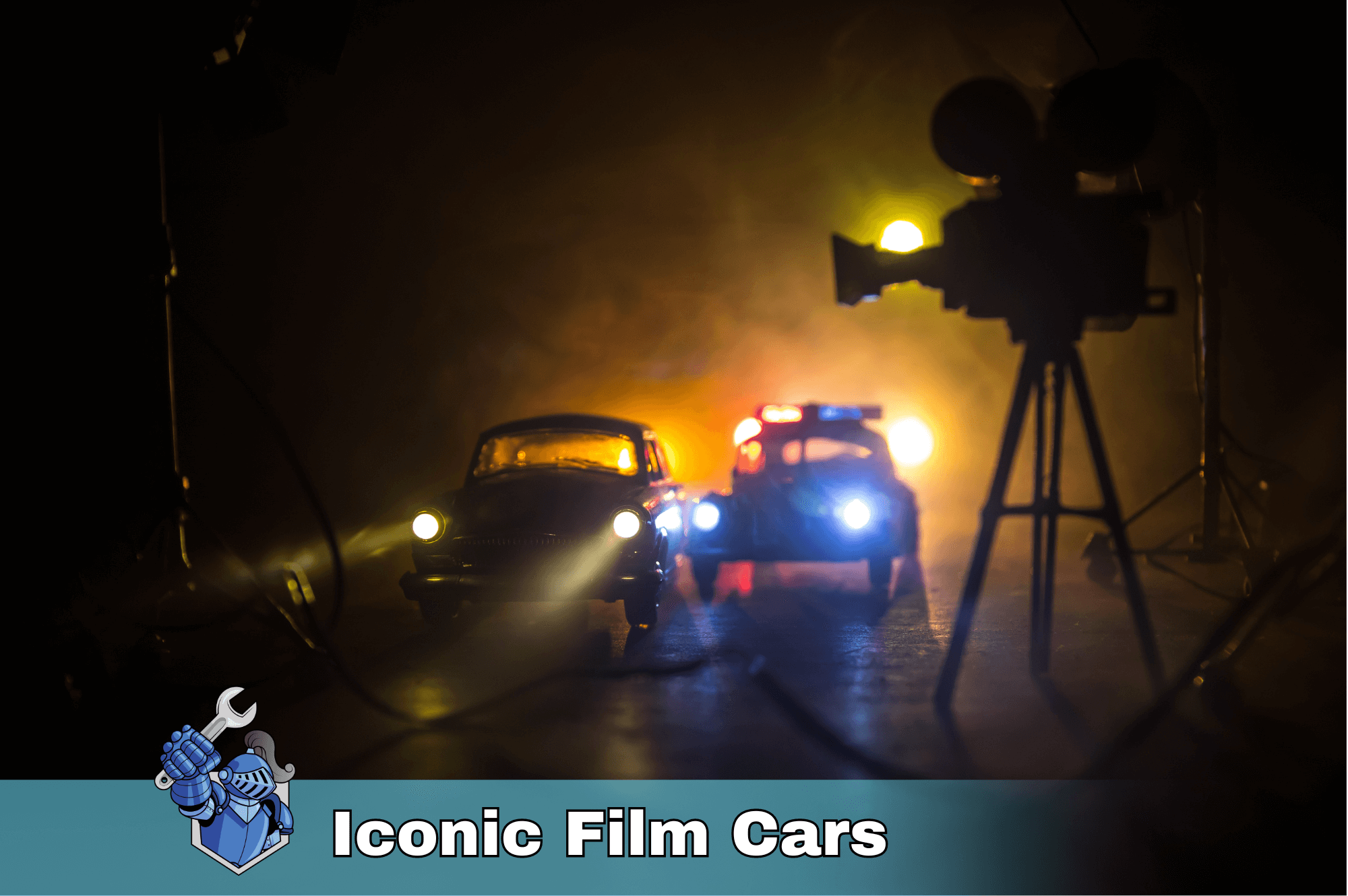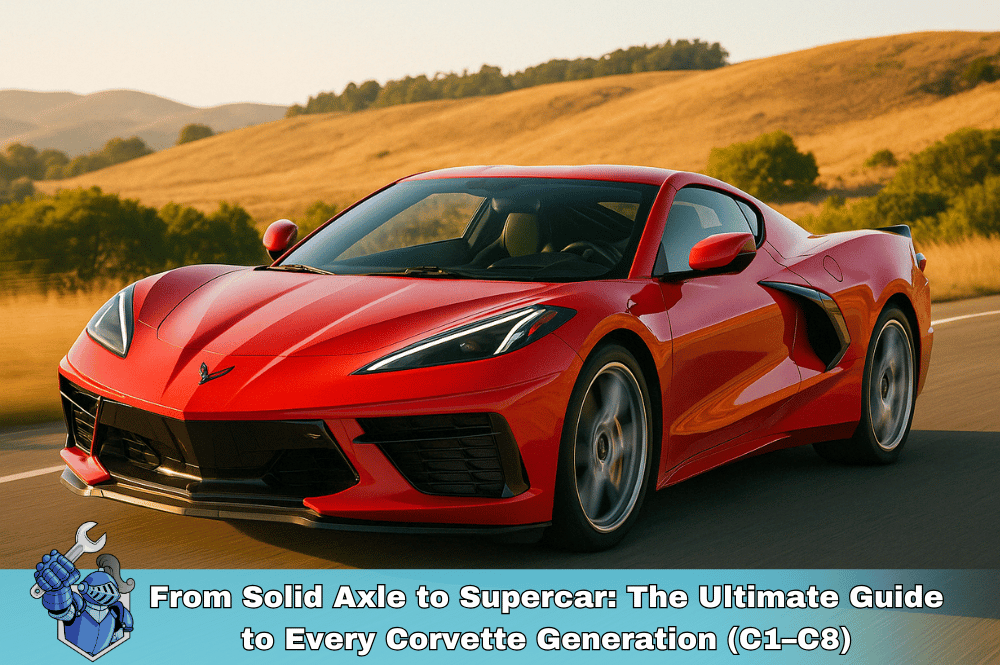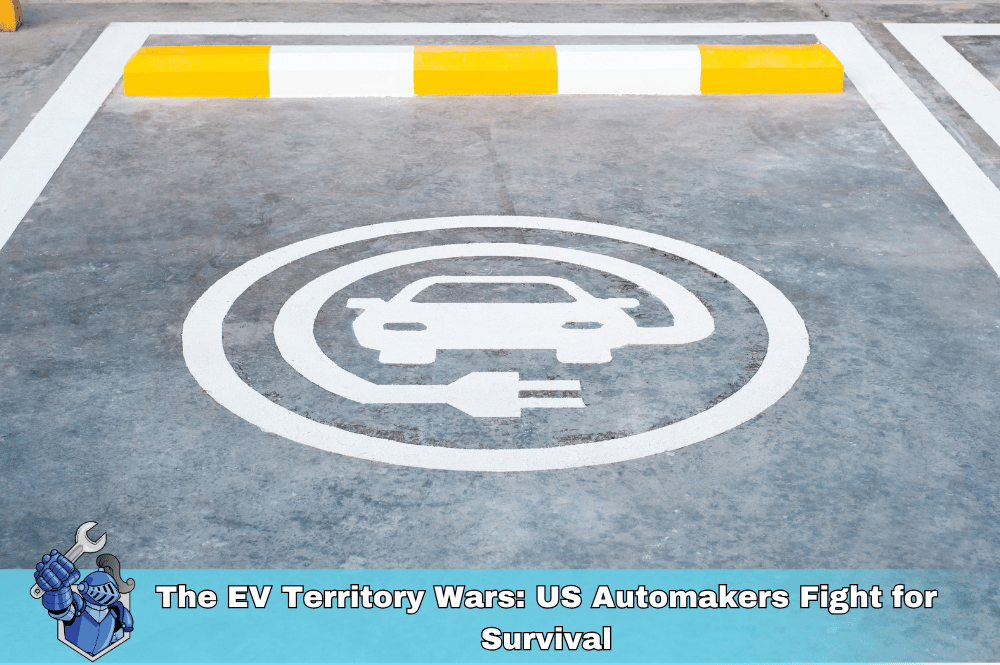Overview of Iconic Car Chases in Cinema
Car chases are among the most thrilling elements of action movies, often remembered long after the credits roll. These sequences blend speed, skill, and narrative to create moments of pure cinematic adrenaline. But what makes these high-speed pursuits stand out? Let’s dive into the mechanics behind the madness, exploring how these scenes are crafted to keep viewers on the edge of their seats.
Anatomy of a Car Chase
Designing the Ultimate Car Chase
Creating an unforgettable car chase begins long before cameras roll. Directors and stunt coordinators start with detailed storyboards and scout locations that can safely accommodate high-speed action. Choreographing a chase involves mapping out each twist and turn to maximize both visual impact and safety. The key to a successful car chase is a combination of realism and dramatic flair, where each jump and skid is carefully calculated to enhance the story. Additionally, filmmakers must consider the narrative context, ensuring that each chase pushes the plot forward and develops the characters, thereby immersing the audience more deeply in the cinematic experience. This often involves tailoring the vehicles and stunts to the personalities and skills of the characters involved, adding a layer of authenticity and thrill to the action.
Technical Aspects of Filming Car Chases
Car chases are a showcase of filmmaking magic, involving a symphony of camera techniques, precision driving, and sometimes, a bit of CGI. Pioneering methods such as the use of Russian arms (camera-mounted on a chase car) and drones have transformed how these scenes are shot, allowing for dynamic angles and immersive perspectives. The integration of practical effects with digital enhancements helps filmmakers strike a balance between believability and spectacle. Additionally, sound design plays a critical role in enhancing the visceral impact of a car chase; the roar of engines, screeching tires, and the environment’s ambient sounds are meticulously crafted to heighten the audience's adrenaline. Advanced editing techniques also ensure that the pace and tension are maintained, cutting between shots to keep the viewer engaged and on the edge of their seat. These elements, when combined, create a thrilling cinematic experience that resonates with audiences long after the scene concludes.
Iconic Car Chases Through the Decades
Classic Era: 1960s to 1980s
The car chase in "Bullitt" (1968), featuring Steve McQueen's gutsy driving through the streets of San Francisco, set a high bar for realism and excitement, influencing countless sequences that followed. "The French Connection" (1971) pushed this further with its raw, almost documentary-style portrayal of a chase, heavily impacting the genre’s development. These films not only showcased the technical prowess and daring of stunt coordination at the time but also established the car chase as a vital part of modern storytelling in action cinema. They utilized the physicality of real stunts and practical effects, creating a template for authenticity that modern filmmakers still aspire to. Moreover, these iconic scenes were often filmed in real, bustling city environments, adding a layer of unpredictability and realism that deeply resonated with audiences and raised expectations for cinematic chases.
Modern Thrills: 1990s to Present
Modern films have taken car chases to new extremes. In "The Matrix Reloaded" (2003), the combination of choreographed stunts and CGI created a 14-minute chase that remains a benchmark for how technology can elevate a sequence. The "Fast & Furious" franchise continually ups the ante with outlandish yet exhilarating chases that emphasize both car performance and daring stunts. This era has introduced more sophisticated visual and special effects technologies, allowing for even more spectacular and intricate chase sequences. The use of computer-generated imagery (CGI) alongside practical stunts has enabled filmmakers to blend reality with fantasy, pushing the boundaries of what's possible on screen. Additionally, the rise of global cinema has influenced the diversity and scope of chase scenes, incorporating various international locales and driving techniques, thus broadening the appeal and dynamism of these sequences. This evolution reflects both technological advancements and changing audience tastes, demanding ever more inventive and thrilling action set-pieces.
Behind the Scenes with Stunt Drivers
Training and Execution
Stunt drivers are the unsung heroes of the film industry, undergoing rigorous training to perfect the art of high-speed driving. These professionals work closely with directors to execute complex maneuvers that are safe yet visually compelling. Coordination and timing are crucial, as a single misstep can lead to accidents. Stunt drivers often undergo extensive training not only in driving but also in precision control and vehicular combat to adapt to the diverse demands of different film scenes. They practice maneuvers repeatedly to ensure every stunt is executed with accuracy, making rehearsals a critical part of the preparation process. Furthermore, they must stay updated on the latest safety technologies and driving techniques, adapting to new vehicle types and stunt requirements that evolve with cinematic trends. This continuous education and practice underpin the breathtaking stunts seen in movies, ensuring they are performed seamlessly and safely.
Safety Measures and Challenges
The production of a car chase scene is tightly controlled, with extensive safety measures in place. Precision driving, safety rigs, and rehearsals are integral to ensuring that no one is harmed during filming. Despite these precautions, the execution of such scenes remains one of the most challenging tasks in filmmaking, requiring a blend of creativity, caution, and courage. Safety officers and coordinators develop comprehensive risk assessments for every stunt to mitigate potential dangers. They implement crash barriers, roll cages inside stunt cars, and use remote-controlled vehicles when the risk is too great for human drivers. Additionally, advancements in digital effects allow filmmakers to simulate parts of the chase that are too dangerous to perform live, further ensuring the safety of the cast and crew. Even with these measures, the unpredictable nature of high-speed chases can present unique challenges that must be addressed in real-time, maintaining a high level of vigilance and flexibility throughout the shooting process.
Audience Impact and Cultural Significance
Psychological Thrill of the Chase
The appeal of car chases goes beyond mere action; they tap into a primal love for speed and danger. These scenes evoke a visceral response that few other cinematic elements can match, offering a safe way for viewers to experience high-stakes thrills. The psychological thrill is amplified by the viewer’s subconscious empathy and alignment with the characters’ peril, enhancing the engagement and emotional stakes of the scene. The fast-paced editing, close-up shots of the drivers’ intense focus, and the roaring sound design all contribute to a sensory overload that mimics the adrenaline of real-life high-speed pursuits. Additionally, car chases often symbolize a broader narrative conflict or escape, resonating with universal themes of freedom and survival. This not only captivates audiences but also embeds these sequences deeply in the viewer’s memory, making them some of the most memorable moments in film.
Car Chases in Pop Culture
Iconic car chases often transcend the films they're in, influencing everything from car advertisements to video games. Their impact is seen in how they become talking points, inspire real-world car culture, and are celebrated in various forms of media. The aesthetic and style of these chases are mimicked in commercials and music videos, enhancing their cool factor and broad appeal. Moreover, elements from famous car chases frequently feature in video games, allowing players to engage in high-speed pursuits within a virtual environment, thereby extending the life and influence of these cinematic moments beyond the silver screen. Car chase scenes also inspire automotive design trends and are used in marketing strategies to showcase the durability and performance of vehicles. This cultural integration shows how deeply these thrilling cinematic experiences are woven into the fabric of society, reflecting and shaping consumer culture and entertainment preferences.
Conclusion
Car chases remain one of cinema’s most exciting offerings, continuously evolving with advancements in filmmaking technology and changes in audience expectations. They are a testament to the creativity and innovation of the film industry, ensuring that audiences will continue to be captivated by the roar of engines and screech of tires for years to come.
For more insights into the thrilling world of movie car chases and other cinematic spectacles, visit our blog and learning at NobleQuote.
Suggestions for you
Read MoreLet’s work together
Every week we showcase three charitable organizations that our donations are sent to. Our clients are able to choose which of these three will receive their gift when they add coverage to their vehicle...




